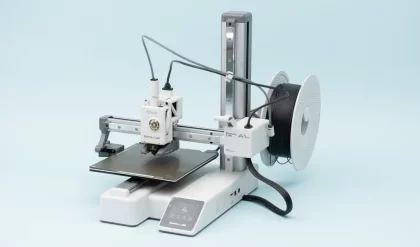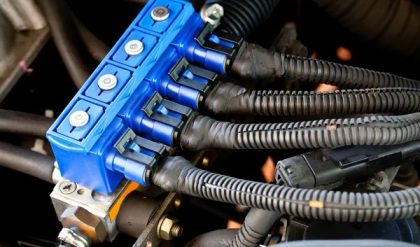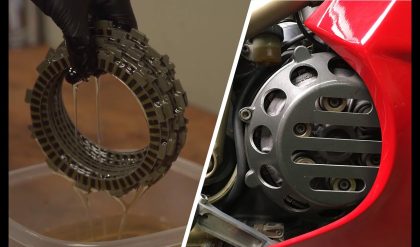
The two most common types of transmissions are manual and automatic. But there is a third type called a continuously variable transmission (CVT). CVTs have been around since the late 1980s but are now more common than ever because they typically provide better fuel economy than other kinds of transmissions.
A CVT, or continuously variable transmission, seamlessly changes through an unending range of effective gear ratios while you drive, whereas other kinds of mechanical transmissions offer a fixed number of gear ratios and have hard shifts between each as explained by Certified Transmission Repair. CVT transmission systems are also known as single-speed, shiftless, and stepless transmissions.
The shiftless nature of a CVT offers unparalleled flexibility that maintains constant angular velocity regardless of output speed. Additionally, a continuously variable transmission makes accelerating smooth and offers enhanced fuel economy.
The History of the CVT
Though the CVT only recently gained popularity, with new innovations offering greater efficiency, the design has existed for centuries — Leonardo DaVinci designed the first CVT in 1490, though it wasn’t officially patented until 1886 by Daimler and Benz.
The first time the CVT gained notoriety was in 1910 when Zenit motorcycles built a CVT model that was so efficient it got banned from hill-climbing competitions. By the late 1980s, the CVT entered the mainstream. In the modern day, almost every manufacturer has at least one model with a continuously variable transmission.
How Does a CVT work?
While a traditional transmission uses a wide variety of intricate parts to shift between a range of preset gears, most CVT systems work through a pulley system. In short, this system consists of cones at each pulley connected via a chain belt. The cones can move to increase or decrease the belt diameter to change gear ratios, allow for quick shifting into the needed ratio for increased power, and boost fuel economy.
One pulley in the CVT is connected to the engine and the other directs power to the wheels. The width of these pulleys changes based on the needed power; as one gets larger, the other gets smaller. This allows a CVT to deliver strong and seamless acceleration.
There is a second, less common, type of CVT that uses a series of discs and rollers, but it operates on similar principles.
Though there are no gears in a CVT, some simulate a more traditional changing of gears. In these transmissions, the belt-and-pulley system is designed to move to preset points by using a traditional shift lever or paddle shifters on the steering wheel.
Why Do Automakers Use CVTs?
If CVT transmissions have existed for so long, why are they only popular now? Manufacturers are now realizing they tend to work well for their primary customer base. A CVT gets as much power as possible out of a smaller engine. This makes acceleration quicker and more responsive, so the average driver enjoys a better experience.
CVT Transmission Pros
A CVT offers a wide range of benefits to the average driver.
- Fuel economy is significantly improved. Modern hybrids utilize CVTs for fuel efficiency, and many gas models with a CVT offer around a 38 mpg rating on an average midsize sedan.
- Driving uphill is easier with a CVT. A typical transmission has to work harder to find the right gear ratio for the drive, whereas a CVT finds the exact ratio needed almost immediately, allowing the engine to seamlessly provide power without hard shifting.
- Because there aren’t any hard gear shifts, CVTs also allow you to enjoy smooth driving and acceleration at any speed. This also eliminates abrupt downshifting when you’re trying to get additional power for passing on the highway.
CVT Transmission Cons
While the CVT certainly has much to offer, it does have some drawbacks compared to a traditional transmission.
- CVT systems are generally more costly than traditional counterparts.
- The repair and replacement costs can also be more expensive, to the tune of several thousand dollars, likely because CVT systems don’t generally last as long as traditional systems. They can fail around 100,000 miles, while a traditional transmission can last up to twice that.
- While a CVT is great for the average driver, it’s not designed for high-performance situations. Continuously variable transmissions can’t handle the increased horsepower, which is why they aren’t used on sports coupes and performance cars.
- As Car Engineer explains, the driver noise perception is also much different than a step automatic transmission or mechanical transmission which has led to relatively low acceptance.






Comments are closed.